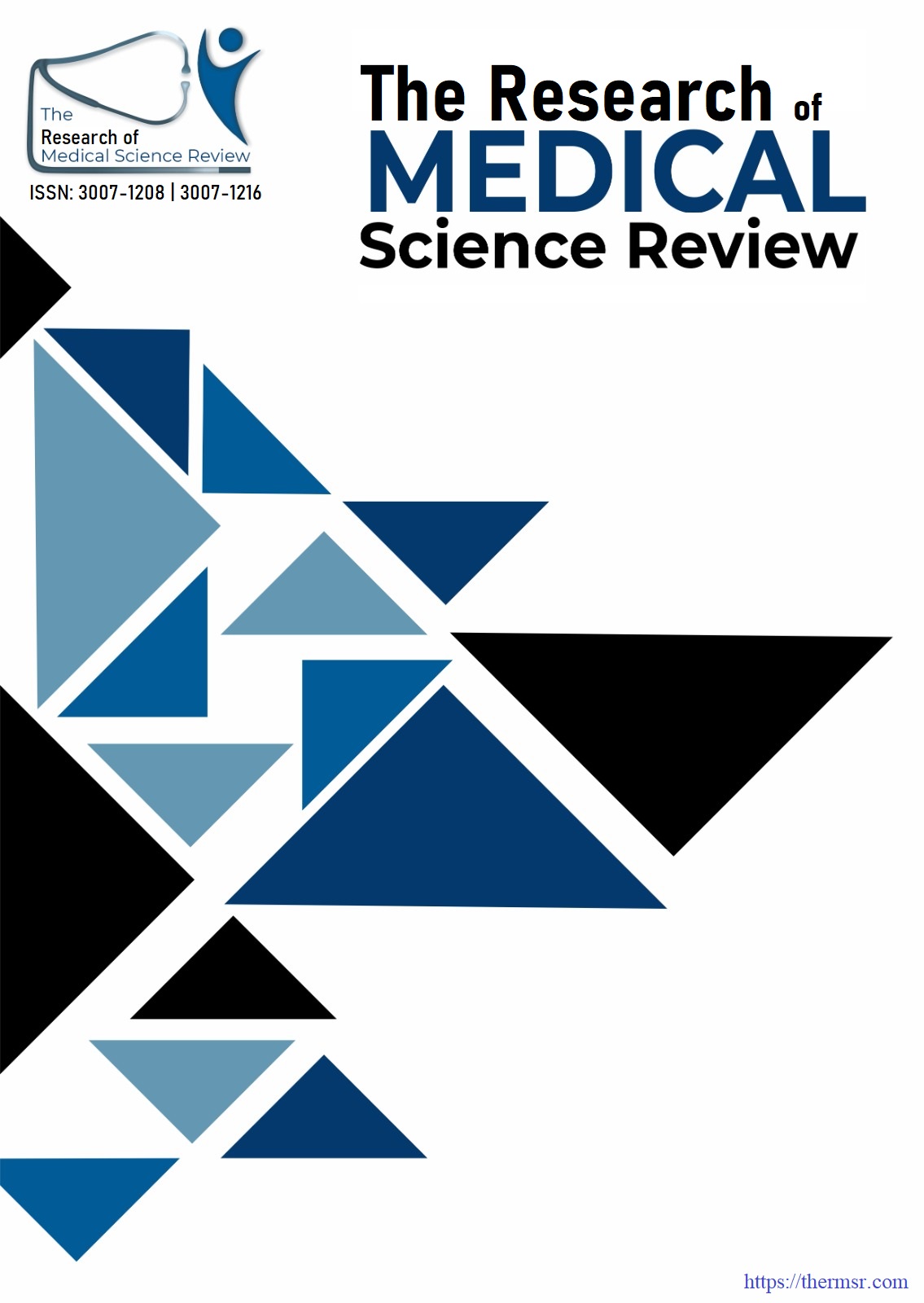COMPARISON OF OUTCOME IN LOOP VERSUS DIVIDED COLOSTOMY IN PATIENTS WITH HIGH VARIETY ANORECTAL MALFORMATION
Keywords:
Anorectal malformations, Colostomy, Neonate, Postoperative complications, Surgical outcomesAbstract
Objective: Place and Duration of Study: Study Design: To compare the early postoperative outcomes of loop colostomy and divided colostomy in neonates with high variety anorectal malformations. Department of Pediatric Surgery, Children’s Hospital Multan, over a period of six months following approval of synopsis. Randomized controlled trial. Methodology: The study included 98 neonates with high variety anorectal malformations who were randomly divided into two groups for loop colostomy (n=49) and divided colostomy (n=49) analysis. The research documented initial variables consisting of gestational age birth weight and gender of subjects. The assessment included postoperative effects such as stoma prolapse along with retraction and wound infection together with delayed healing and skin excoriation and hospital stay duration. The research team conducted statistical analysis through t-test and chi square test as well as logistic regression. A p-value <0.05 was considered significant. Results: The patients in each group showed no significant difference regarding their gestational age (38.1 ± 1.3 vs 38.3 ± 1.1 weeks, p=0.421) and birth weight (2.72 ± 0.51 vs 2.78 ± 0.48 kg, p=0.483). The incidence of stoma prolapse reached 20.4% in patients receiving loop colostomy while divided colostomy patients had a 6.1% occurrence rate (p=0.054). Postoperative wound infection rates (24.5% vs 10.2%) together with delayed healing time (18.3% vs 6.1%) and skin excoriation frequency (34.7% vs 20.4%) showed significant statistical differences between the loop group and its control group (p values 0.048 and 0.038 and 0.048, respectively). The loop group experienced longer hospital stays (6.3 ± 1.4 days) than the divided group (4.9 ± 1.1 days) in addition to delayed bowel function recovery (2.4 ± 0.9 days) compared to (1.9 ± 0.8 days). Conclusion: The surgical approach of dividing the colostomy produced superior postoperative results that combined better outcomes and reduced complications together with shorter hospitalization duration. The evidence shows that divided colostomy represents the most suitable surgical intervention for treating high variety anorectal malformations in neonates.
Downloads
Downloads
Published
Issue
Section
License

This work is licensed under a Creative Commons Attribution-NonCommercial-NoDerivatives 4.0 International License.















